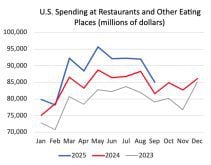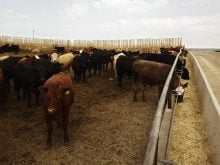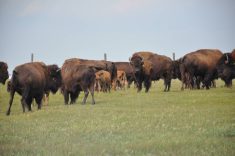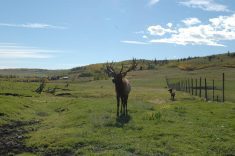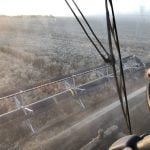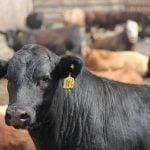COUNTY OF ST. PAUL, Alta. – This was the first year Colin McCallum tried growing canola.
On July 20, the Ashmont, Alta., farmer received the go ahead from Alberta Hail and Crop Insurance to plow his experiment with oilseeds into the dust.
He is just one of many to abandon crops damaged by a prolonged drought in northeastern Alberta. Unwilling to leave the farm, he and his neighbors scan the skies for a soaking rain to revitalize a countryside once known for lush fields and lakes full of fish.
Read Also
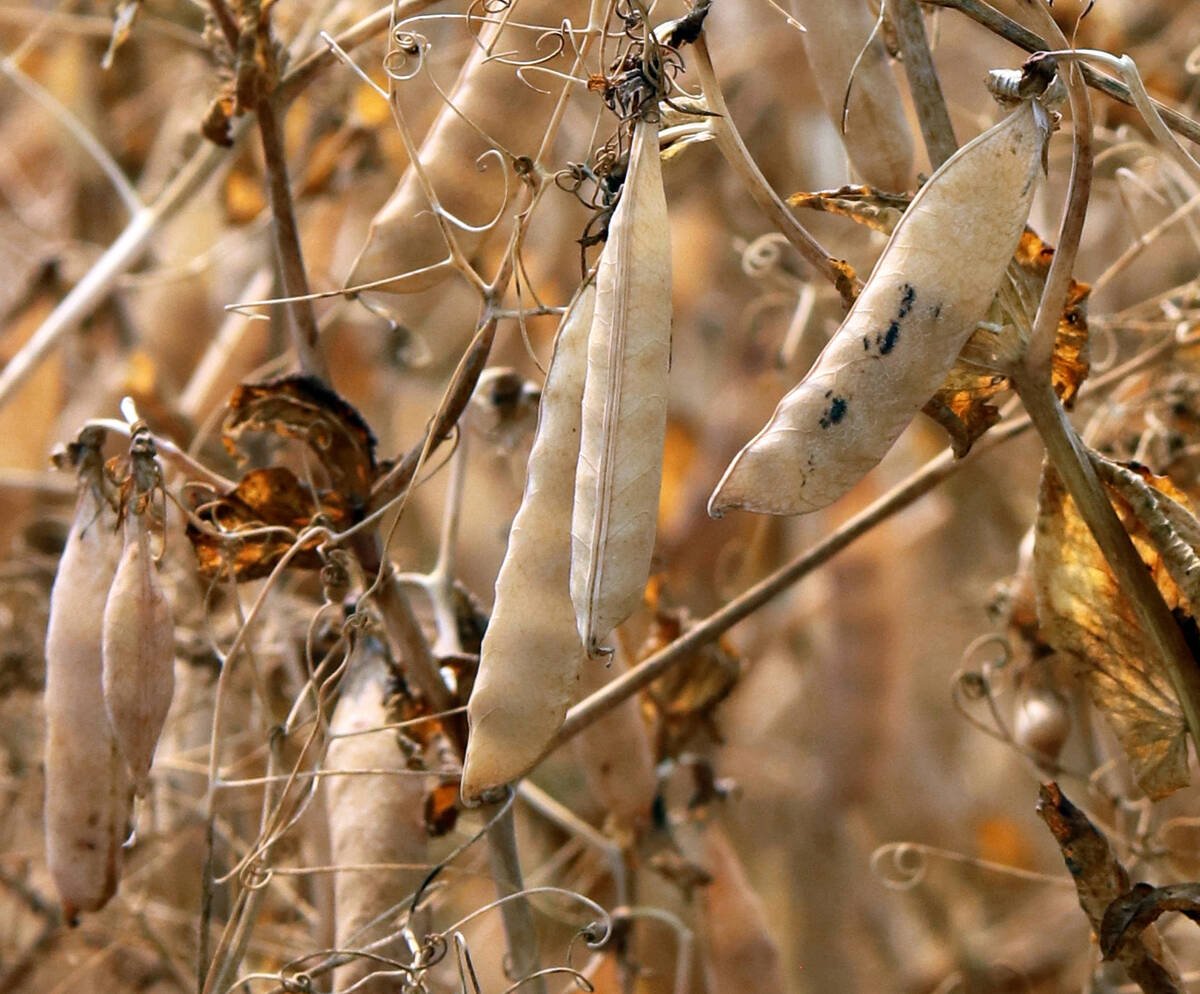
Trump’s tariffs take their toll on U.S. producers
U.S. farmers say Trump’s tariffs have been devastating for growers in that country.
Each farm family living through this decade-long drought faces the challenge with off-farm jobs, finely tuned management and prayers for better weather next year.
For Charolais breeders Dennis and Linda Haraba at St. Paul, farm diversification means jobs in town. Linda nurses part time in St. Paul hospital and Dennis works in the oilpatch.
“I don’t know what farmers can do in this situation. You can’t diversify in any direction. Even birds need water,” said Dennis, whose family has lived here for three generations.
Their pastures are depleted and their canola will probably be a failure.
“I’m making hay in a streambed where fish used to spawn,” said Dennis, who seeded the bed to grass four years ago.
Unlike the option for commercial cattle producers, selling the purebred cow herd is a last resort. It takes years to build a genetic program and if a herd is sold, middle-aged farmers like Dennis can’t afford to start over. As a purebred breeder, bull sales to local mixed farms are a large part of their business.
With this drought, even if people retain their cattle, they don’t have the income to spend on high-priced herd sires for their commercial herds.
One option is to turn the cattle into grain fields, said Dennis.
“The thing is, the grain prices may be quite decent so you try to hang in there with what could produce grain,” he said. Grain quality has already been downgraded by burning.
It’s also been a disappointing year for registered timothy seed grower Ray Danyluk of Elk Point. Grass seed is ordinarily a high-value cash crop.
On average, he gets about 600 pounds of seed per acre. This year he might get 150 lbs. of seed and has already cut some of the grass for hay.
His hayland is even worse. On a piece of land where he usually made 3,400 bales, this year he got 340. He estimated his farm received about 1.5 centimetres of rain this summer.
While poor pastures had some farmers supplementing their cattle feed with hay this spring, Danyluk said he’d sell his cows before he bought hay at inflated prices of $35-$45 a bale.
“It takes a damn good cow to feed $40 bales in July,” he said.
Don and Brenda Shepert sold their dairy cows and their milk quota this year with no regrets after 14 years of dairy farming. The sale paid off a lot of debts.
They seeded early with reasonably good plant emergence in their wheat and barley. They expect to harvest a crop this fall. Their hay is a third less compared to last year and the canola stopped blooming, but the field peas don’t look bad.
Like many in the region, the Sheperts waived crop insurance because of high premiums and a sideline business the couple is counting on to see them through.
They run a gravel pit, selling gravel throughout the area, which provides a steady income with almost no expenses, said Don.




